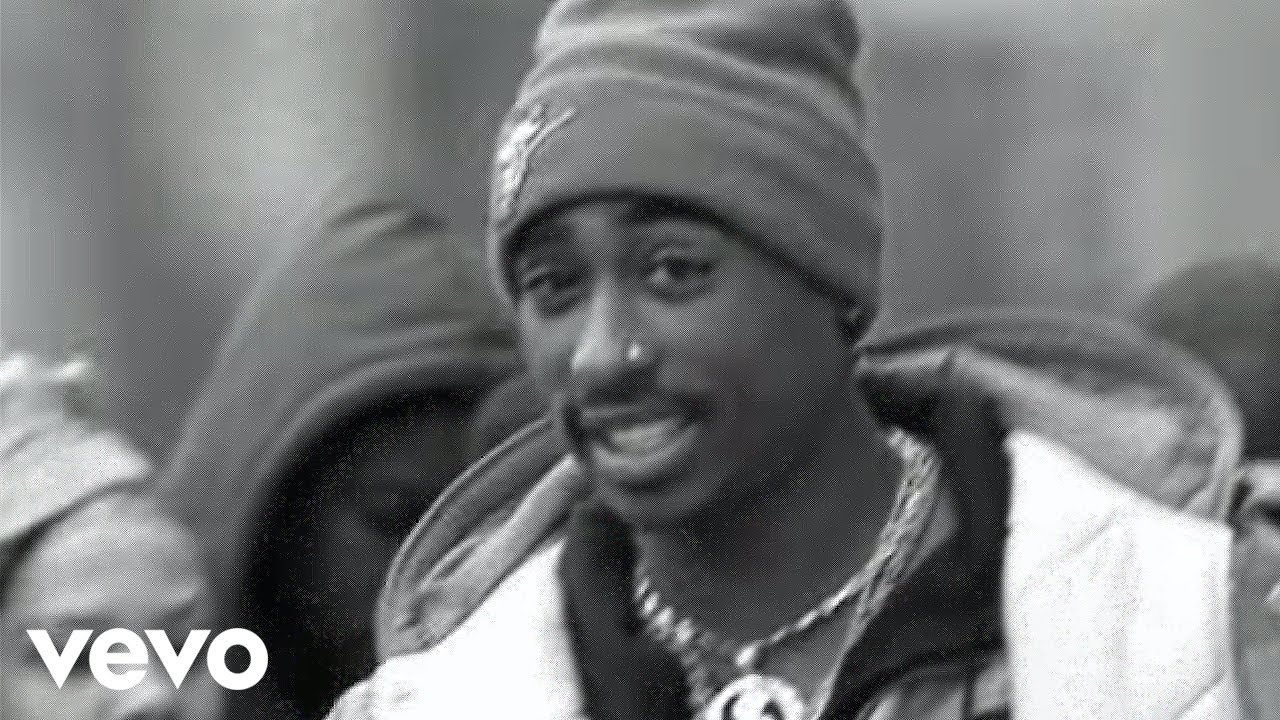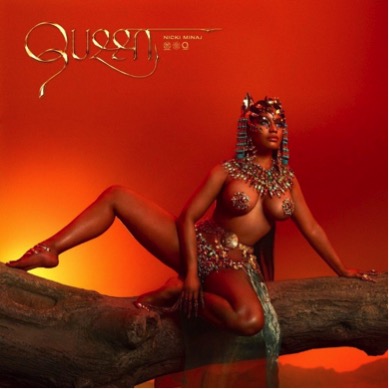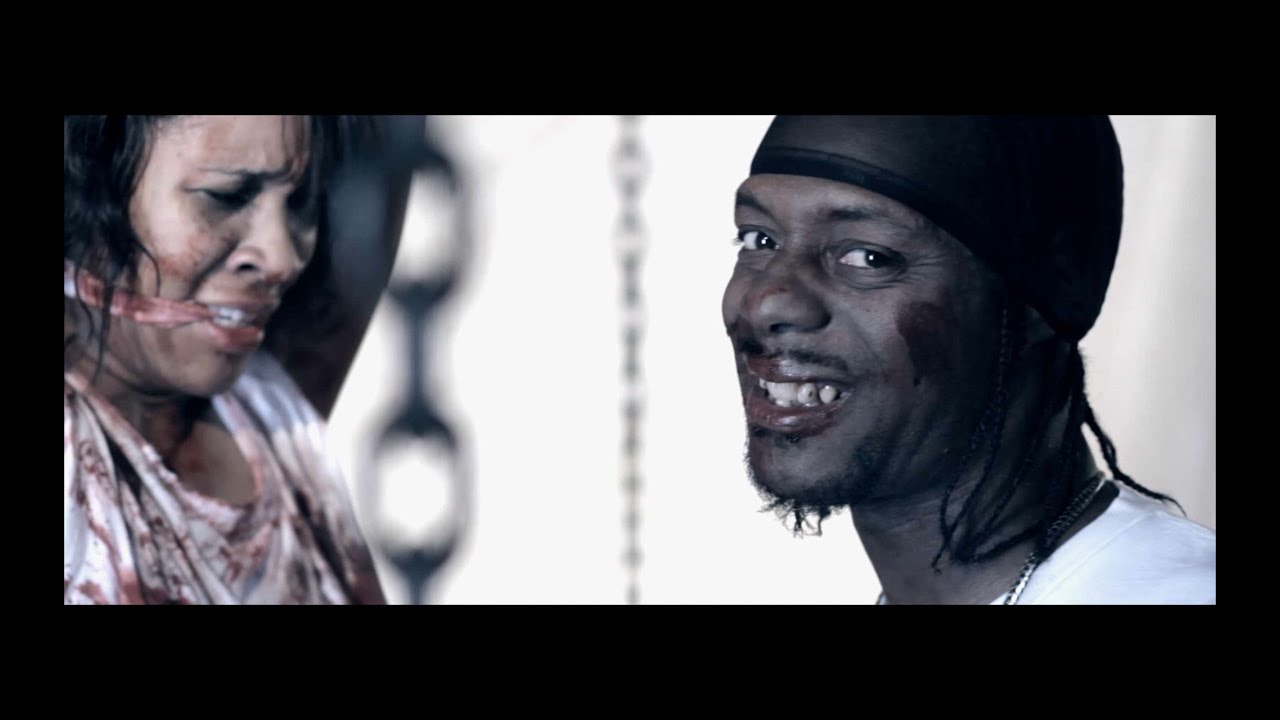https://www.youtube.com/watch?v=jSq09Z7TBt0
People fight oppression in a lot of different ways. Some react violently, committing acts such as burning down buildings and engaging in physical fights, while others, such as Gandhi, fasted and peacefully protested. Tupac and the dancers in David LaChapelle’s Rize (2005) use art as a means of protesting their racial oppression. Tupac utilizes hip-hop music to voice the struggles that the African American population goes through. He talks about his own personal story – about having to live in an extremely impoverished community filled with gangs and violence. He is completely genuine when rapping about his daily struggles, and shows concern for people’s personal battles and world affairs. Songs such as “Changes” exemplify the constant and dangerous battles the black population had to endure including police brutality and racism. In his opening verse his says, “I see no changes. Wake up in the morning and I ask myself, “Is life worth living? Should I blast myself?” I’m tired of bein’ poor and even worse I’m black. My stomach hurts, so I’m lookin’ for a purse to snatch. Cops give a damn about a negro? Pull the trigger, kill a nigga, he’s a hero. Give the crack to the kids who the hell cares? One less hungry mouth on the welfare. First ship ’em dope and let ’em deal to brothers. Give ’em guns, step back, and watch ’em kill each other. “It’s time to fight back”, that’s what Huey said. 2 shots in the dark now Huey’s dead. I got love for my brother, but we can never go nowhere unless we share with each other. We gotta start makin’ changes. Learn to see me as a brother ‘stead of 2 distant strangers. And that’s how it’s supposed to be. How can the Devil take a brother if he’s close to me? I’d love to go back to when we played as kids but things changed, and that’s the way it is” The meanings behind these lyrics are quite profound. Tupac leads with how there is no progression in this government that consistently oppresses the black community, and questions whether life is worth it. Being both poor and black in America means constantly struggling, so as a result he must do what he has to do in order to survive. The police do not care about the well being of the black community because their skin is, well, black. They even foster criminal acts by distributing drugs and guns in the black urban communities in order to slowly kill off the black population. Tupac raps about how he is tired of the corrupt government and says that changes must be made. Tupac believes that in order to fight back, African American brothers and sisters must learn to love one another instead of being strangers. Tupac raps as a means of emotional release, but also to make society conscious about the tragedies that pang the African American community. By raising awareness, he protests our racialized society, standing up and saying, “Listen up – this is what we go through, and it is absolutely unfair.” He fights back with art, and his art inspires others to fight back, as well. Furthermore, he does not merely sit there blaming the white community for all of the problems that occur; he also holds the black community accountable. In his music, Tupac illuminates the awful way in which blacks treat other blacks. He encourages the black community to combat oppression by standing together as a unified whole, not allowing the maltreatment by the government to affect the way members of the same community treat each other. By expressing himself and his battles through art, Tupac was able to cope with his life and provided others an outlet with which to cope as well. Tupac’s music inspired members of the African American community to stand up for themselves and their rights, and thereby resist oppression. The people in the movie, Rize, use dancing as a way of dealing with the oppression that they experience. They live in South Central Los Angeles, which is a very poor and underprivileged area. After racial tensions in Los Angeles erupted following the 1992 Rodney King riots, a man named Tommy Johnson created a new act in order to inspire change in the lives of the city’s African Americans. He invented a character called Tommy the Clown and a type of dance that he coined, “clowning” – a loose-limbed type of movement that combines hip-hop-flavored comedy and dancing with an anti-gang and anti-violence message. The aggressive and visually stunning dance modernizes moves indigenous to African tribal rituals, allowing the dancers to incorporate their roots into their contemporary style of dancing. As “clowning” became increasingly popular, it also inspired a new way of hip-hop street dancing called “krumping,” which features mind-blowing, athletic movement sped up to almost inhuman speeds. Both styles of dance allow these African Americans to express their anger and hatred about their mistreatment in a positive way. They use dance as an alternative to gangs and hustling, as they form their own troupes and paint their faces like warriors, meeting to outperform rival gangs of dancers or simply to hone their skills. Expressing themselves through dance prevents them from giving in to their racial burden that is street living and allows them to cope with their lives in a safer and healthier way. For the dancers, “clowning” and “krumping” become a way of life, and, because it is authentic expression, the dance becomes a fundamental part of who they are. In the cases of both Tupac and the dancers in Rize, art is utilized to fight the crime of racial oppression, and all the subsequent crime that results from it. Through art, they are able to beat the fixed game of the stereotypical African American in society. Tupac broke through the straightjacket of the poor, underachieving African American by becoming extremely successful and wealthy. Additionally, he disproved the dominant white mentality of success only resulting from climbing the corporate ladder by achieving his success in an unconventional way. The dancers in Rize also broke out of their racial bindings. They diverted from their ill-fated route of living on the streets, doing drugs, and being involved in gangs. Dance steered their lives in a much better direction, allowing them to be a part of something that was positive and beneficial rather than detrimental. They were able to stay off the streets and live a life of happiness and accomplishment, deserving of respect rather than disdain. Sources: “Rize.” Dir. Dave LaChapelle. Perf. Tommy the Clown, Lil’ C, & Kevin Richardson. DVD, 2005. Film. Shakur, Tupac. “Changes.” Rec. 1992. 2Pac’s Greatest Hits. Death Row Records/Interscope Records, 1998. MP3






